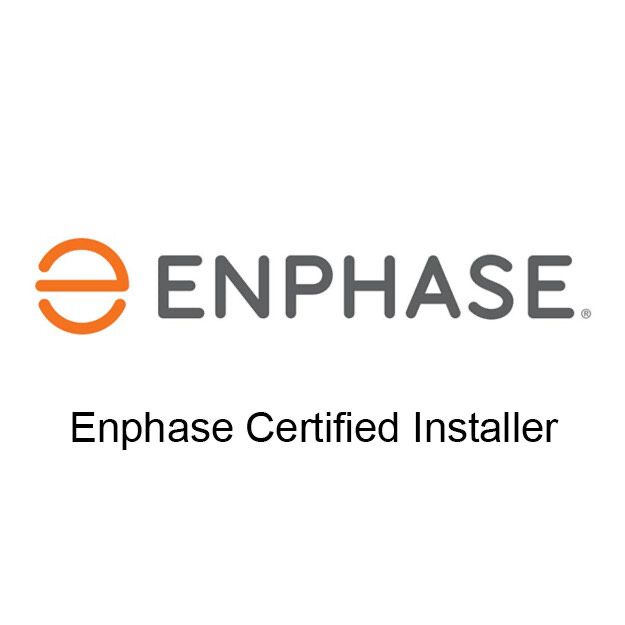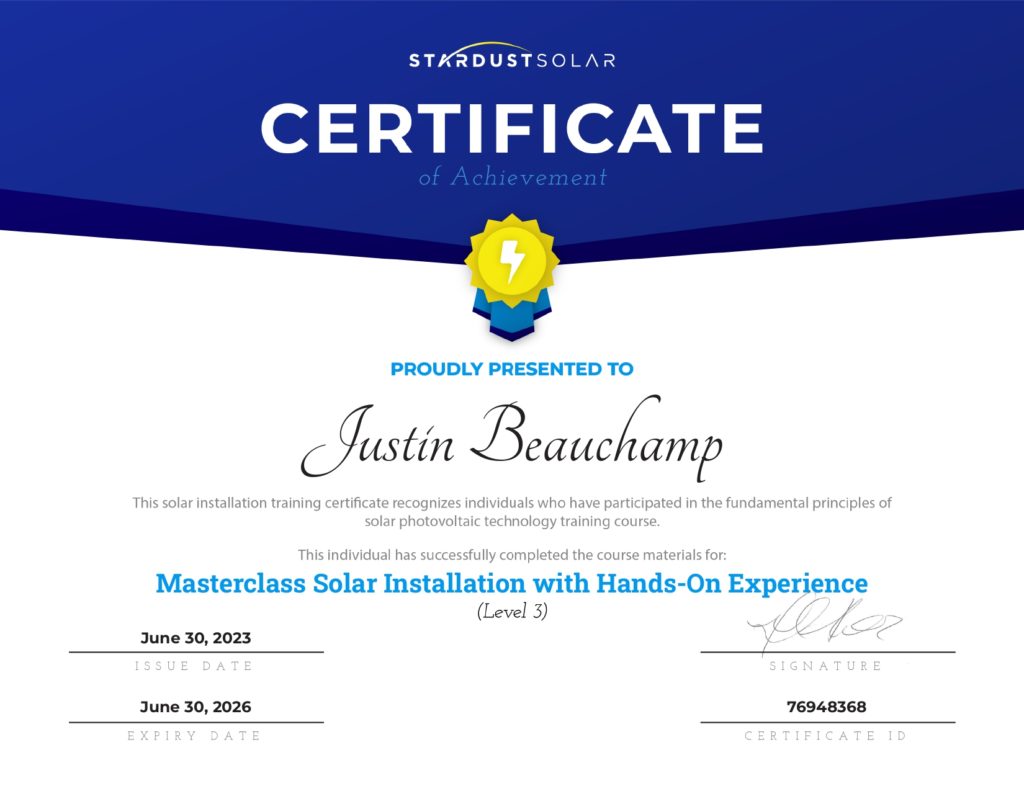Solar energy is changing how we power our lives. It’s clean, endless, and comes from the sun. This energy is important because it helps us reduce pollution and keep the planet healthy. When discussing an eco-worthy solar panel installation, we mean setting up solar panels well for the planet.
These panels catch sunlight and turn it into electricity for your home or business. By choosing to go solar, you’re not just saving money on your energy bills, but you’re also doing something great for the planet.
Understanding Your Energy Needs
Different households will have different needs based on size, the number of people, and how much energy they typically use. Here’s how you can get a handle on it:
Check Your Energy Bills
Look at your past energy bills, usually measured in kilowatt-hours (kWh). This tells you how much electricity you’ve been using. Most bills will show your monthly usage. If you want a daily average, divide the monthly number by 30.
Estimate Your Daily Usage
Estimate how much electricity you use on an average day. Include everything that uses power in your home, from lights to appliances.
Consider Peak Hours
Think about when you use the most electricity. Do you have a lot of gadgets running in the evening? Do you work from home and have computers or other equipment on during the day?
Size Your System
Once you know how much energy you need, you can match it with the right eco solar panel products. The goal is to find solar panels that produce enough electricity to meet or exceed your daily usage.
Here’s an idea of what different household sizes might need:
| Household Size | Average Energy Use (kWh/day) | Suggested Solar Panel Output |
| Small (1-2 people) | 10-15 kWh | 3-4 kW system |
| Medium (3-4 people) | 20-25 kWh | 5-6 kW system |
| Large (5+ people) | 30+ kWh | 7+ kW system |
Solar Panels – Overview
Understanding the variety and features of the available options is key to selecting the right system for your needs. Here’s an overview of the types of solar panels you might consider, which could be described as “eco-worthy”:
Monocrystalline Solar Panels
- Features: Made from single-crystal silicon and are known for their high efficiency and sleek design.
- Best For: Residential and commercial installations where space is premium, and maximum efficiency is desired.
Polycrystalline Solar Panels
- Features: These are blue and made from multiple silicon crystals. They’re generally less expensive but also slightly less efficient than monocrystalline panels.
- Best For: Budget-conscious homeowners or businesses with ample roof space.
Thin-Film Solar Panels
- Features: These panels are lightweight and flexible, made by layering photovoltaic material on a substrate. They can be less efficient but are also less affected by high temperatures.
- Best For: Large-scale commercial projects.
Portable Solar Panels
- Features: Compact and mobile, these panels are designed for on-the-go use, often coming with their batteries.
- Best For: Camping, RVing, or providing power in remote locations where a fixed installation isn’t feasible.
Example range of eco-worthy solar panel products:
| Type | Efficiency | Weight | Application |
| Monocrystalline | High (20%+) | 19 kg | Residential rooftops |
| Polycrystalline | Moderate (15%-18%) | 23 kg | Commercial spaces |
| Thin-Film | Lower (10%-13%) | 7 kg | Industrial roofs |
| Portable | Varies | 2 kg | Outdoor activities |
Three Factors of Getting Solar Panels
When comparing solar panels, especially those that are eco-worthy, you have to look at three main factors: efficiency, cost, and reliability.
Efficiency
- These typically have a rating of over 20%. They’re great for smaller roofs with limited space.
- These usually fall between 15% and 20% and balance cost and output.
- With efficiency ratings below 15%, these panels are the most affordable but take up more space to produce the same amount of power.
Cost
- High-efficiency panels are more expensive upfront, but you may save more over time due to their higher production.
- Some panels may require more complex installation or maintenance, which can add to the cost.
- Consider how the efficiency of your panels will affect your energy bills in the long run. More efficient panels can mean bigger savings.
Reliability
- A longer warranty suggests the manufacturer is confident in the panel’s long-term performance.
- All solar panels lose efficiency over time, but a lower degradation rate means they’ll produce more power for longer.
- Look at reviews and case studies to see how the panels have performed for other customers over the years.
Example:
| Panel Type | Efficiency | Initial Cost | Warranty | Degradation Rate | Best For |
High Efficiency | >20% | High | 25 years | 0.5% per year | Small rooftops, high energy needs |
Moderate Efficiency | 15%-20% | Medium | 20 years | 0.7% per year | Average homes, balance between cost and output |
Low Efficiency | <15% | Low | 15 years | 1% per year | Large rooftops, lower energy needs |
Material Composition of Eco-Worthy Solar Panels
The construction of eco-worthy solar panels involves a variety of materials, chosen for their effectiveness at converting sunlight to electricity and their impact on the environment.
| Component | Material Used | Eco-Worthy Qualities |
| Solar Cells | Monocrystalline or Polycrystalline Silicon | High efficiency, long lifespan, recyclable |
| Glass Covering | Tempered Glass | High light transmittance, durable |
| Frame | Aluminum | Lightweight, durable, recyclable |
| Encapsulation | Ethylene-Vinyl Acetate (EVA) | Protects from moisture, prolongs lifespan |
| Backsheet | Polyvinyl Fluoride or Polyester | Durable, weather-resistant |
| Junction Box | Various Weatherproof Materials | Protects electrical connections |
| Cables | Copper | High conductivity, recyclable |
| Solder | Lead-Free Compounds | Non-toxic, safer for the environment |
| Interconnects | Tinned Copper or Other Conductive Metals | Corrosion-resistant, durable |
The Manufacturing Process
Making solar panels involves a bunch of steps, and at each one, producers try to keep things as green as possible. They’re working to ensure that creating solar panels doesn’t harm the environment too much. Here’s the process:
| Manufacturing Stage | Process Details | Sustainability Practices |
| Silicon Processing | Purifying silicon from sand | Using renewable energy to power this step |
| Wafer Creation | Slicing silicon into thin wafers | Minimizing waste, recycling excess silicon |
| Cell Production | Adding conductive layers to wafers | Utilizing non-toxic materials, maximizing energy capture |
| Panel Assembly | Assembling cells into a panel | Lead-free solders, sustainable encapsulation materials |
| Testing | Ensuring panel quality | Reducing waste by catching defects early |
| Packaging | Preparing for shipment | Using recyclable packaging materials |
| Distribution | Transporting the finished product | Optimizing routes to reduce emissions |
Installation Guide for Eco-Worthy Solar Panels
If you’re thinking about setting up eco-worthy solar panels, here’s a simple step-by-step guide to follow, along with some general things to keep in mind to make sure you do it right:
- Planning: Figure out how much electricity you want to make. Pick a sunny spot for the panels.
- Tools and Parts: Get your toolbox ready with things like a drill and safety gear. Ensure you have all the solar panel parts, like the panels themselves and wires.
- Mounting: Install some strong racks on your roof to hold the panels. They should be angled to get the most sun over the course of the day.
- Panels: Bolt the panels onto the racks you installed.
- Wiring: Connect the panels to your house’s power system. This can be tricky, so you might want a professional.
- Inverter: Set up the inverter, which changes the solar power into electricity you can use in your house.
- Connect to Home Power: Carefully connect the system to your home’s power. This usually needs a professional due to its technical-nature.
And here are some quick tips to keep in mind:
- Some places might need you to have a permit before you start.
- Make sure your roof can handle the panels and won’t leak.
- Think about your local weather. If it’s windy or snowy, make sure your setup is secure.
- Put the panels somewhere you can get to them for cleaning.
- Some warranties might only count if a professional installs the panels.
- Call solar professionals to ensure effective and safe installation.
Maintaining Your Solar Panels
Maintaining your solar panels is key to making sure they keep turning sunlight into electricity as efficiently as possible and for as long as possible. Here’s a simple guide on how to take care of your solar panels:
| Maintenance Task | How to Do It | Tips for Best Results |
| Cleaning | Rinse with a hose; for tougher grime, use soapy water and a soft brush. | Do it in the morning or evening when the panels are cool. |
| Regular Inspections | Visually check for dirt or damage regularly. | After heavy weather, check and clear any debris. |
| Professional Check-Ups | Have a professional inspect them every few years. | Use a trusted professional who knows solar panels. |
| Monitor Performance | Keep an eye on energy output. | If power drops, check for technical issues or shading. |
| Trim Trees | Keep trees around the panels trimmed. | Prevent branches from scratching panels or blocking the sun. |
| Snow Removal | Gently remove snow with a soft tool. | Don’t use metal tools that could scratch the panels. |
| Pest Prevention | Install barriers if necessary. | Keep wiring and panel undersides clear of nests. |
| Keep Records | Store all warranty and service documents. | Good for reference in case of repairs or claims. |

Get Your Personalized Solar Assessment
Choosing eco-worthy solar panel solutions brings a host of benefits to the table. Not only do you contribute to a healthier planet by reducing your carbon footprint, but you also enjoy savings on your energy bills over time. Solar panels are a smart investment that aligns with a future where clean energy reigns supreme.
Trust MAG Solar for reliable solar panel installation, saving you energy and money
Frequently Asked Questions
What kind of warranty comes with eco-worthy solar panels?
The warranty specifics for solar panels that fit this description vary widely based on the manufacturer and the model. Most solar panels come with two main types of warranties:
- Performance Warranty: This usually guarantees that the panels will produce at least 80-90% of their rated power output after 20-25 years of operation.
- Product Warranty: This covers defects in materials or quality and typically lasts 5-10 years, sometimes longer.
How does weather affect solar panel performance?
Nishi Chandra, the author of How does Weather Affect Solar Panel Performance?, explains that weather affects how well solar panels work. They do best when it’s sunny because they get lots of light to make electricity.
Rain or snow can also be problematic because they cover the panels. Even though cloudy, rainy, or snowy days aren’t great for solar panels, they can still make some power because modern panels are good at catching light, even when it’s not super bright.
Do I need to replace my roof before installing solar panels?
Total Solutions suggests that if your roof is worn out or needs repairs, it’s smart to fix it before installing solar panels. That’s because solar panels last a long time, and you don’t want to have to take them down to fix your roof a few years later.






